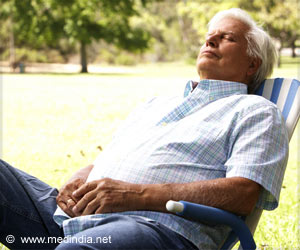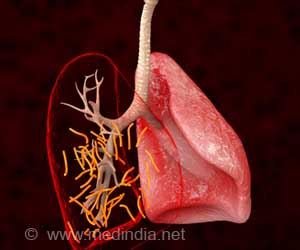“Our results suggest that promoting an active lifestyle may have substantial benefits for both prevention and treatment of OSA,” said Tianyi Huang, MSc, ScD, an Associate Epidemiologist at Brigham.
‘Women in their 60’s and adults whose BMI was more significant than or equal to 25 kg/m2 showed stronger associations between a sedentary lifestyle and the diagnoses of Obstructive Sleep Apnea.’
The team followed around 130,000 men and women in the United States enrolled in the Nurses’ Health Study (NHS), Nurses’ Health Study II (NHSII), and Health Professionals Follow-Up Study (HPFS). The follow-up period ranged from 10-to-18 years.
The levels of physical activity of the participants were examined and compared using statistical modeling. Stronger associations of sedentary hours with diagnoses of Obstructive Sleep Apnea were found among women/adults whose BMI was more significant than or equal to 25 kg/m2 or those who were of 65 years of age.
“Most prior observational studies on the associations of physical activity and sedentary behavior with OSA were cross-sectional, with incomplete exposure assessment and inadequate control for confounding. This is the first prospective study that simultaneously evaluates physical activity and sedentary behavior in relation to OSA risk,” highlighted Huang.
The team is now planning to collect similar data using home sleep apnea tests and polysomnography rather than self-reports.
“For people who spend long hours sitting every day, increasing physical activity in their leisure time can equally lower OSA risk. Similarly, for those who are not able to participate in a lot of physical activity due to physical restrictions, reducing sedentary hours by standing or doing some mild activities could also lower OSA risk. However, those who can lower sedentary time and increase physical activity would have the lowest risk,” concluded Huang.
The results of this study were published in the European Respiratory Journal .
Source: Medindia



